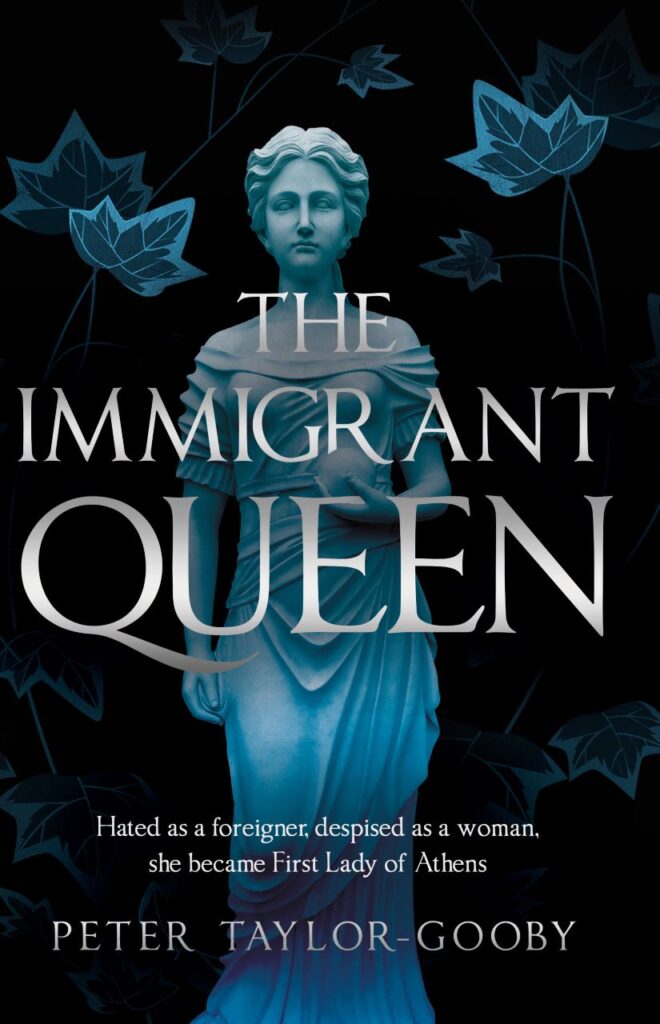Fortune’s Daughter
Turn-of-the-century New York: Faith Simpson is born on Seawatch Estate to one of New York’s wealthiest families, while Hope Lee is born in lower Manhattan to a Chinese street vendor and his Irish wife. Their lives merge when Hope’s father flees the country and her mother dies in a sweatshop fire. Hope is taken in at Seawatch, and Hope and Faith come to complement each other: Hope’s grief subsides in Faith’s newfound compassion, and Faith’s self-doubt transforms into confidence through exposure to Hope’s outspokenness and spunk. But their alliance is tested when the handsome Robert Trent summers at Seawatch and both young women become smitten.
This rags-to-riches meets poor-little-rich-girl story comprises familiar characters, settings, and plot lines. Eschewing active scenes, the omniscient narrator delivers the story primarily in summary narrative peppered with un-nuanced dialogue, and then further dilutes the narrative by using “would” to indicate habitual behavior. Finally, the narrator spells out the emotional response. A typical exchange opens with: “‘I hate her,’ she would say to Tommy. ‘I hate, hate, hate her’” and concludes with “Although he would never say it aloud, Tommy had a little crush on Hope. It was a complicated crush because sometimes, like Emily, he hated her, too.” Complex emotional reactions can be difficult to deliver through action alone. But had readers witnessed Tommy’s warring emotions as they arose, in active scenes rather than in voiceover, they might have known what he was feeling before he did and then shared his angst. The narrative style of Fortune’s Daughters—simply relating what happened, where, to whom, and how everyone felt about it—demands nothing of the reader. Though it imparts a story, it robs us of one of the great pleasures of reading: to have gleaned that which has not been said.










